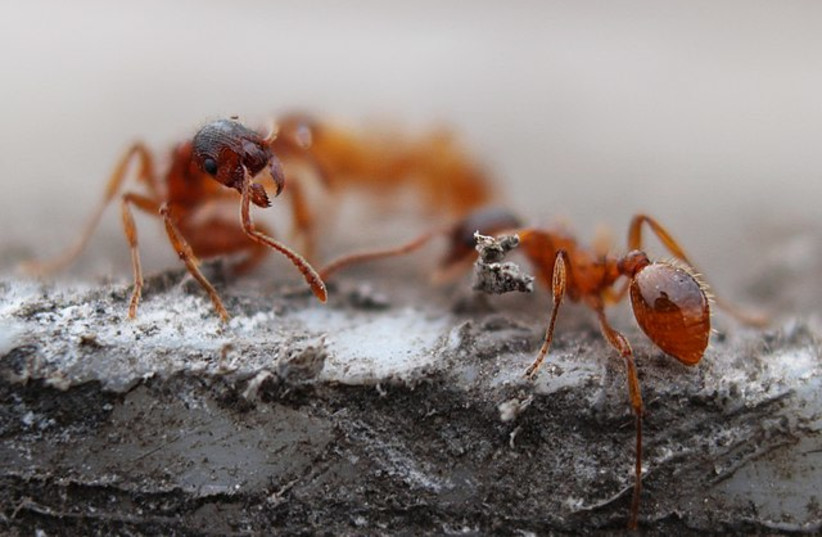Snow is crucial for climate regulation because it helps keep the planet cool, so it is important to be able to track it properly.
A method that is used to track ants underground could also be used to measure the depth of snow as seen from space, according to a study published in the open-access journal Frontiers in Remote Sensing.
The peer-reviewed study utilized lidar, short for Light Detection and Ranging, which is a tool that utilizes “light in the form of a pulsed laser to measure variable distances to the Earth,” according to the American Geosciences Institute.
Yongxiang Hu, a scientist from NASA’s Langley Research Center created a snow depth model, which was based on a previously developed model that calculated the average time that ants walk around inside the colony — which is four times the colony’s volume divided by the area’ surface.
Hu compared the way an ant goes inside its colony and moves about to a photon of light from a lidar when it enters the snow, scattering as it enters the snow and then exits and is detected by the telescope.
“I studied properties of clouds and learned light bounces among cloud particles randomly, similar to the ants’ movement inside its colony. So, I thought that the ants theory might apply to snow too since snow comes from clouds,” Hu explained.

Snow has an important role in climate control because it reflects the sun’s energy back into space, keeping the planet cool. If there is less snow, less energy gets reflected back, and the planet warms.

